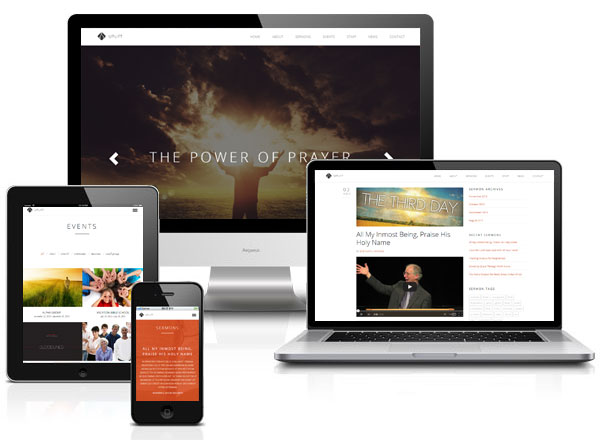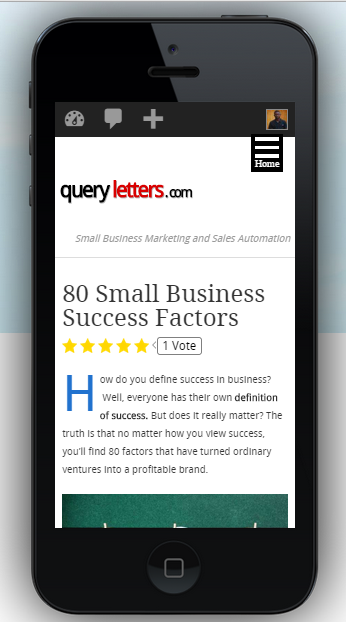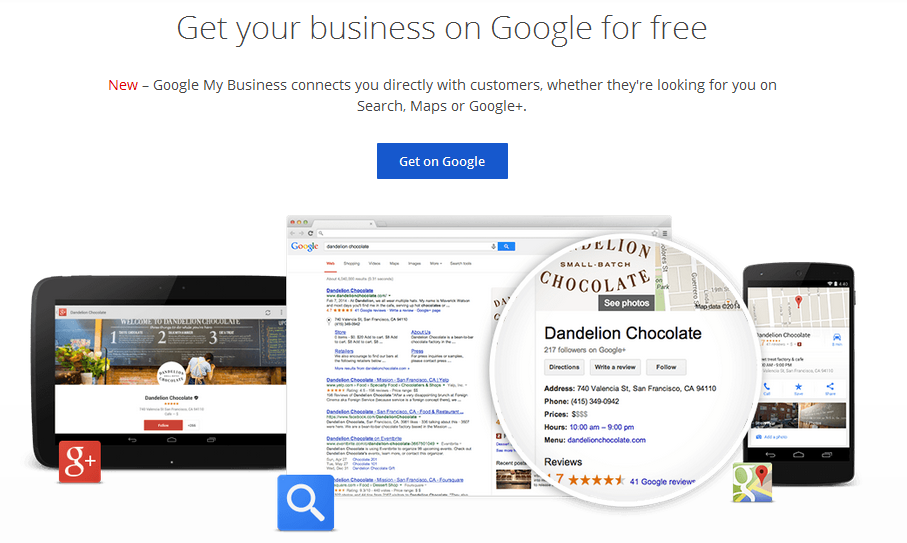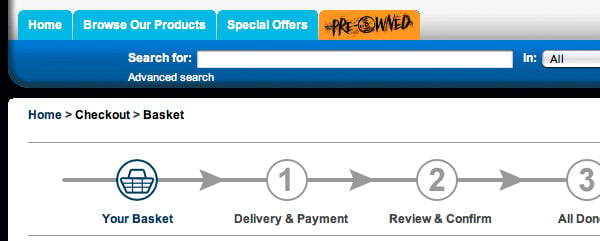In today’s fast-paced digital world, mobile marketing has become a cornerstone for businesses aiming to connect with their audiences effectively.
With 65% of Americans owning smartphones and 70% of mobile searches leading to action within an hour, it’s clear that mobile marketing is not just a trend but a necessity.
This blog will walk you through 14 actionable mobile marketing tips that can help you drive leads and boost sales.
1. Make Your Site Mobile-Friendly
The first step in mobile marketing success is ensuring your website is optimized for mobile devices. Mobile traffic accounts for a significant portion of online activity, and users expect a seamless browsing experience.
Steps to Make Your Site Mobile-Friendly:
- Use Mobile-Responsive Themes: Platforms like WordPress offer themes that automatically adjust to different screen sizes.
- Test Your Site: Use tools like MobileTest.me or Google’s Mobile-Friendly Test to identify and fix issues.
- Simplify Navigation: Ensure menus, buttons, and links are easy to click and navigate on smaller screens.
A mobile-friendly website not only enhances user experience but also improves your SEO rankings, as search engines prioritize responsive sites.
2. Create Mobile-Friendly Content
When crafting content for mobile users, keep their behavior and preferences in mind. Mobile users skim through content quickly and seek information that meets their immediate needs.
Tips for Mobile-Friendly Content:
- Short Headlines: Keep headlines concise yet impactful to grab attention instantly.
- Break Up Text: Use bullet points, subheadings, and short paragraphs to improve readability.
- Use Mobile-Specific Keywords: Optimize for long-tail keywords and local search terms that mobile users are likely to type.
By tailoring your content for mobile consumption, you can keep users engaged and guide them toward conversion.
3. Take Your Brand to Mobile Users
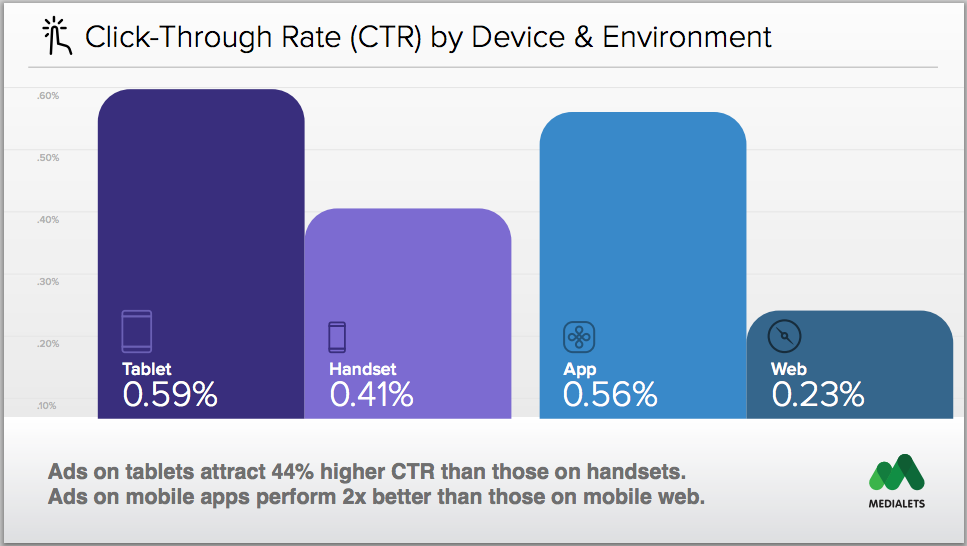
To effectively reach mobile users, leverage platforms and strategies that cater to their habits. Mobile ads, for instance, have higher click-through rates (CTRs) compared to desktop ads, making them a powerful tool for brand awareness.
Key Strategies:
- Identify Your Audience: Understand your target audience’s demographics and behavior.
- Use Mobile Ads: Invest in mobile-friendly ad formats on platforms like Google Ads and Facebook.
- Engage on Mobile Apps: Partner with apps that your audience frequently uses.
By meeting users where they spend most of their time, you can increase brand visibility and drive meaningful interactions.
4. Get Local with Google My Business
Mobile users often search for businesses and services “near me.” Claiming and optimizing your Google My Business profile can significantly boost your visibility in local search results.
Steps to Optimize Google My Business:
- Complete Your Profile: Add your business name, address, phone number, hours, and website.
- Use High-Quality Images: Showcase your products, services, or location with visually appealing photos.
- Encourage Reviews: Positive reviews build trust and improve your rankings.
Local optimization ensures that your business is easily discoverable by users searching for relevant services in your area.
5. Use Text Message (SMS) Marketing
SMS marketing remains a powerful way to connect with customers directly. With high open and response rates, SMS is ideal for time-sensitive offers and updates.
Benefits of SMS Marketing:
- Immediate Reach: Text messages are read within minutes of delivery.
- High Engagement: SMS campaigns have higher engagement rates compared to email.
- Personalization: Use customer data to send tailored messages that resonate.
Be mindful of not overwhelming your audience with frequent texts. Focus on delivering value and keeping messages concise.
6. Make Your Site Navigable
Easy navigation is crucial for retaining mobile users. If your site is difficult to explore, users are likely to leave and never return.
Tips for Better Navigation:
- Simplify Menus: Limit menu options to the essentials.
- Optimize Buttons: Use large, tappable buttons for better usability.
- Add a Search Function: A visible search bar can help users find what they need quickly.
User-friendly navigation improves engagement and encourages visitors to explore more of your site.
7. Add a Personal Touch
Humanizing your brand helps build trust and emotional connections with your audience. Mobile marketing provides unique opportunities to do just that.
Ideas to Personalize Your Approach:
- Interactive Content: Use quizzes, polls, or surveys that users can engage with.
- Tailored Messages: Address users by name and offer personalized recommendations.
- Use Stories: Platforms like Instagram and Snapchat are great for sharing authentic, behind-the-scenes content.
A personal touch can make your brand more relatable and memorable to your audience.
8. Optimize for Mobile Ads
Mobile advertising is a highly effective way to reach potential customers. To maximize ROI, focus on creating ads specifically designed for mobile devices.
Tips for Mobile Ad Optimization:
- Keep It Visual: Use high-quality images or videos that capture attention.
- Use Clear CTAs: Include straightforward calls-to-action like “Shop Now” or “Learn More.”
- Leverage Social Platforms: Platforms like Instagram and TikTok offer mobile-centric ad formats.
Mobile ads, when done right, can drive significant traffic and conversions.
9. Leverage Mobile Email Marketing
Email marketing remains a vital channel, and optimizing emails for mobile is non-negotiable. Many users check their emails on smartphones, so a poor mobile experience can lead to lost opportunities.
Mobile Email Best Practices:
- Responsive Design: Ensure your emails adapt to different screen sizes.
- Short Subject Lines: Keep subject lines concise to fit smaller screens.
- Use Clear CTAs: Place clickable buttons prominently within the email.
Mobile-optimized emails can enhance engagement and drive more clicks to your website or landing page.
10. Focus on Speed
Page speed is a critical factor for mobile users. Slow-loading sites lead to higher bounce rates and lower conversions.
How to Improve Page Speed:
- Use a CDN: Content delivery networks reduce load times by serving content from servers closer to the user.
- Compress Images: Optimize images without compromising quality.
- Minimize Code: Remove unnecessary code and scripts to streamline your site.
Fast-loading pages create a seamless user experience, keeping visitors engaged and increasing the likelihood of conversions.
11. Use Push Notifications
Push notifications are a direct and effective way to communicate with your audience. They can be used to share updates, offers, and reminders.
Best Practices for Push Notifications:
- Be Timely: Send notifications at the right time to avoid annoying users.
- Personalize: Tailor messages based on user behavior and preferences.
- Limit Frequency: Avoid sending too many notifications to prevent opt-outs.
Push notifications can significantly boost engagement and retention when used strategically.
12. Analyze Mobile Metrics
To continuously improve your mobile marketing efforts, track and analyze relevant metrics. Understanding user behavior can help you refine your strategies.
Metrics to Monitor:
- Bounce Rate: Measure how many users leave your site without interacting.
- Click-Through Rate (CTR): Track the effectiveness of your ads and CTAs.
- Session Duration: Understand how long users stay on your site.
Use tools like Google Analytics and heatmaps to gain valuable insights into your mobile performance.
13. Leverage Social Media for Mobile Marketing
Social media platforms are inherently mobile-friendly, making them ideal for reaching mobile users. Craft content that resonates with users on these platforms.
Tips for Social Media Success:
- Prioritize Visual Content: Use videos, images, and reels to grab attention.
- Post at Peak Times: Publish content when your audience is most active.
- Engage with Comments: Build relationships by responding to user comments and messages.
Social media is a powerful tool for building brand awareness and driving traffic to your site.
14. Experiment with Augmented Reality (AR) and Gamification
Emerging technologies like AR and gamification can create unique and engaging mobile experiences.
Examples of AR and Gamification:
- AR Filters: Use branded filters on Instagram or Snapchat.
- Gamified Campaigns: Offer rewards for completing challenges or interacting with your brand.
- Virtual Try-Ons: Allow users to “try on” products virtually, like glasses or makeup.
These innovative strategies can differentiate your brand and captivate your audience.
FAQs
1. What is mobile marketing, and why is it important?
Mobile marketing refers to strategies and tactics that businesses use to connect with their audience via mobile devices such as smartphones and tablets. It is important because most consumers use their mobile devices for browsing, shopping, and engaging with brands, making it a vital channel for driving leads and sales.
2. How can responsive design help in mobile marketing?
Responsive design ensures that your website or app adapts seamlessly to different screen sizes and resolutions. This improves user experience, reduces bounce rates, and increases the likelihood of conversions from mobile users.
3. Why is mobile SEO crucial for lead generation?
Mobile SEO ensures that your website ranks higher in mobile search results. A well-optimized mobile site provides faster load times, better usability, and enhanced visibility, making it easier to attract and convert mobile users into leads.
4. What is the role of mobile-friendly content in driving sales?
Mobile-friendly content is easy to read, concise, and visually appealing on smaller screens. By delivering a seamless content experience, businesses can keep users engaged, improve retention, and ultimately drive more sales.
5. How does SMS marketing work, and is it effective?
SMS marketing involves sending promotional messages, updates, or offers directly to users via text. It is highly effective due to its high open rate, immediacy, and ability to deliver personalized, actionable messages.
6. What are location-based marketing strategies, and how do they help?
Location-based marketing uses GPS data or geofencing technology to send targeted ads or offers to users in specific locations. This approach is effective for businesses looking to drive foot traffic or promote time-sensitive deals.
Conclusion
Mobile marketing is no longer optional—it’s a necessity in today’s digital landscape. By implementing these 14 tips, you can create a robust mobile marketing strategy that drives leads and boosts sales.
Whether it’s optimizing your website, leveraging SMS marketing, or experimenting with AR, each tactic plays a vital role in connecting with your audience. Start implementing these strategies today and watch your business thrive in the mobile-first world.
An avid blogger, dedicated to boosting brand presence, optimizing SEO, and delivering results in digital marketing. With a keen eye for trends, he’s committed to driving engagement and ROI in the ever-evolving digital landscape. Let’s connect and explore digital possibilities together.


